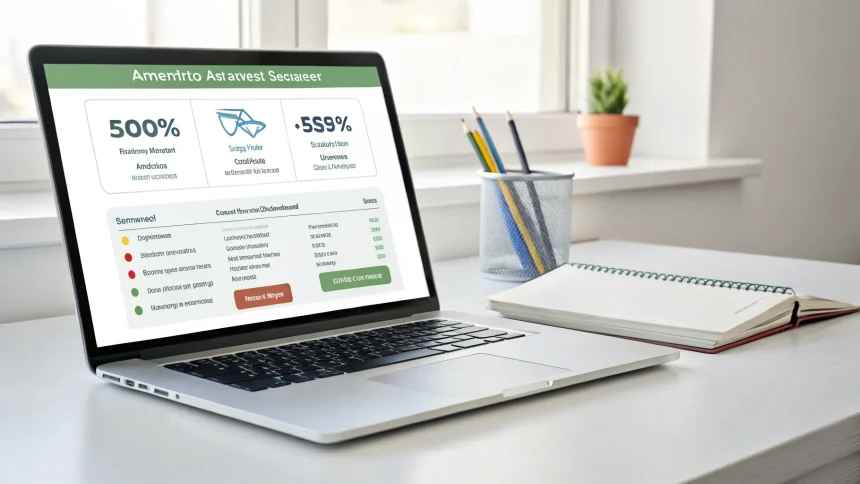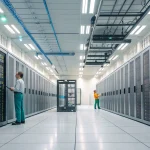As banks compete for deposits, some high-yield savings accounts are still paying near 5.00% APY, giving savers a rare cushion without locking up cash.
These offers, largely from online banks and credit unions, appeal to households seeking safe yield with daily access to funds. Rates remain variable and can shift quickly as market conditions change.
The draw is clear: many branch-based accounts still pay under 1%, widening the gap for customers with sizable cash balances.
There are some high-yield savings accounts still offering around 5.00% APY.
Check out the highest savings account rates available.
Why rates are elevated right now
Savings rates tend to track short-term interest rate policy and banks’ funding needs. When policy rates are high, banks often pass through higher yields to win deposits.
Competition also matters. Online institutions, with lower costs, can afford higher promotional rates. Those rates are variable and can change with little notice.
History shows that when policy rates fall, savings APYs often reset quickly. Consumers who watch rates closely can move funds to stay competitive.
How these accounts compare
High-yield accounts offer daily liquidity, FDIC or NCUA insurance up to legal limits, and no market risk. They can sit between checking and longer-term investments.
Certificates of deposit may pay similar or higher yields for fixed terms. But CDs tie up money, and early withdrawals usually trigger penalties.
Money market funds invest in short-term securities. They can pay competitive yields but are not bank deposits and carry different risks and rules.
What to look for before opening
Not every eye-catching rate is the best fit. Fine print and access can matter as much as APY.
- Check FDIC or NCUA insurance and confirm the bank or credit union name.
- Review transfer limits, ACH speeds, and hold times on deposits.
- Watch for minimum balance rules and any monthly fees.
- See whether the rate is a temporary teaser tied to new money.
- Automate transfers to keep emergency cash topped up as rates change.
Who benefits most
Emergency funds and near-term goals are strong candidates for high-yield savings. The money stays liquid while earning interest.
Retirees and small businesses with operating cash can also benefit from steady yields with quick access. Households saving for a home or tuition often use these accounts to avoid market swings.
Those with longer horizons might blend a savings account with CDs or investments, depending on risk tolerance and time frame.
Risks and safeguards
Variable APYs can fall with little warning. Savers should expect movement and be ready to switch if returns slip.
Insurance coverage is crucial. FDIC and NCUA typically insure up to $250,000 per depositor, per institution, per ownership category.
Interest is taxable. Keeping records and setting aside funds for taxes can prevent surprises at filing time.
What could change next
Future rate moves could pressure yields lower, especially if banks see less need to attract deposits. Promotions may persist at select institutions, but averages could drift down.
On the other hand, tighter funding or stronger competition can prolong higher offers. Rate watchers often track weekly changes and keep multiple linked accounts to move quickly.
The current window still favors savers who shop around and act decisively. High-yield savings accounts near 5.00% APY offer a blend of safety and flexibility that is hard to match. The key steps are clear: verify insurance, confirm terms, and monitor rates. If policy rates fall, expect APYs to follow. Savers who stay alert can protect yield without sacrificing access.







